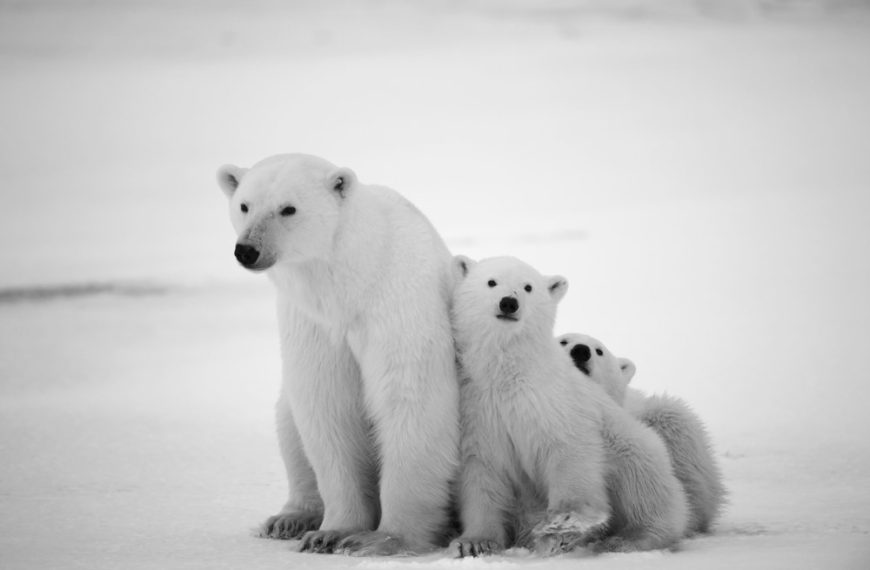We all have our ‘Home Sweet Homes’ that we return to at the end of the day. What about animals? Have you ever wondered how a camel can survive in the burning desert? Kids need to know about animals and their habitat to understand the ecosystem and sustainability and develop sensitivity towards nature’s creation.
There’s one word that comes to mind more than any other when discussing house of animals: habitat. Do your kids know the meaning of the word ‘habitat’? In a nutshell, a habitat is a natural home where a plant or animal lives. It is vital for us to protect these ‘habitats’, because so many living organisms depend on them for their survival.
Let’s take a look at the different types of animal habitats for kids that house a dazzling array of spectacular animal and plant species.
“An animal’s right to live in its habitat comes from its strong interest in residing in a particular area. It is important to know and protect these areas to protect the existence of animals.”
Earth.Org
7 Interesting Types of Animal Habitats
Did you know about the various types of habitats of animals?
Here’s a sneak peek into the homes of animals the world over.
- Forest Habitats
- Mountain Habitats
- Polar Habitat
- Urban Areas
- Desert Habitat
- Ocean Habitat
- Coral reefs
When talking about forests, there’s one name of animal homes that comes to mind more than any other: Rainforests.
What to expect here: High temperatures and a wet climate. Since they receive ample rainfall and sunlight, they are home to a variety of flora and fauna.
Location: Forests in Africa, Asia, Australia, Central and South America.
Forest Animals: Bengal tigers, vampire bats, anacondas and orangutans
Did you know that knowledge about animal homes for kids can ignite their curiosity about the natural world? Forest habitat also includes various layers such as: forest floor, herb layer, shrub layer, understory, and canopy. Each of these layers act as a habitat for various animals and birds.
Animal habitats in the mountains? You will be surprised at how many animals you will find at these heights.
Location: Mountains all over the world
What to expect: Cold temperatures, scarce oxygen and harsh sun. As the climate changes, you will see the plant and animal life between elevations also changing. While many animal species live in the lower altitudes, only the hardiest of species can live all year long above the treeline, where the air is extremely thin.
Mountain Animals: African Buffalo, Asian Black Bear, Chameleon, Clouded Leopard
Learning about animal habitats for children becomes especially interesting when introducing them to the thought of animals living in the blistering cold.
Did you know that polar habitat is the only habitat of cold-adapter animals? In the icy limitless lands of the polar habitat, roams the majestic polar bear. The thick coat of white fur helps them adapt to the cold weather in the polar habitat and thrive there.
Location: North Pole, South Pole
What to expect: The North Pole and South Pole are the polar habitats that see land completely covered in thick layers of ice. Note: This ice can be as thick as three miles in some places. During summer, the sun shines all day long and during winter it is dark throughout the day. Temperatures are extremely cold, of course. For instance, in the Arctic, the average recorded temperature is 22 degrees Fahrenheit.
Polar Animals: Reindeer, Arctic Hare, Bearded Seal, Musk Oxen
These are animal habitats that we are more familiar with, simply because they are closer to home.
Location: Cities and towns, farms
What to expect: These are essentially the house of animals that are able to thrive in human populated areas and include even invertebrates like bugs. Needless to say, the homes of people living in cities and suburban areas offer shelter and warmth to not only our pets, but even unwanted visitors like cockroaches and spiders!
Urban Animals: Ant, Dog, Donkey, Sheep
Did you know that identifying urban areas as habitat of animals will help your kids develop empathy and nurture awareness of coexistence with other creatures?
When researching animals and their habitats, it’s impossible not to take notice of this one.
Did you know that Saguaro cactus is one of the interesting habitats of desert animals? The cactus has a lifespan of 150 years, growing as tall as a five-story building. It provides shelter for birds, small mammals, and reptiles.
Location: Africa, Asia and Australia house some of the most popular deserts in the world.
What to expect: Deserts might go without rain for months or even years. While it can become extremely hot in the day, it will, conversely, get extremely cold at night.
Desert Animals: Kangaroo rats, camels, iguanas, geckos.
More than land, there is water on earth. No wonder, then, that water makes for one of the most magnificent animal habitats.
Location: All the world’s oceans
What to expect: It is well known that animal life can be found at all depths of the ocean. This includes the surface of the ocean and goes on to include the deepest trenches that are more than seven miles below the surface. While some of the ocean animals spend most of their time in the waters near land, others live out most of their lives in the deep, open sea.
Ocean Animals: Did you know that ocean habitat is the house of aquatic animals? Aquatic animals such as crab, marine angelfish, fish, sea lion, octopus, reptiles, sea turtles, and sponges dwell in ocean habitat.
When exploring animal homes for kids, this one’s no less important. Well within the larger ‘Ocean Habitat’, but distinct enough to stand on its own.
Location: Coral reefs in oceans, mostly in the tropics
What to Expect: Reefs have to be warm and have bright sunlight all year round. Since they need light to grow, they only occur in shallow waters. Various colourful animal species make their home around corals.
Coral Animals: Sponges, molluscs, sea anemones and the coral itself!
Conclusion
It is essential for kids to know about animal habitat to foster a sense of responsibility and interconnectedness of all living beings in the environment. From this article we learned that there are seven interesting types of animal habitats: forest habitat, mountain habitat, polar habitat, urban areas, desert habitat, ocean habitat, and coral reef.
Teaching kids about animal habitats is a whole lot of fun. Gaining a window into their homes is a great way to get children to walk along that path of treating animals with the sense of respect they deserve. Are you ready to join us in teaching experience about the wonderful animal habitat for kids?
Enrol now at EuroKids where we believe that respecting animals is as important as respecting human beings.
For informative and accurate articles on all things related to your new born-toddler’s development, growth, health and nutrition, follow EuroKids Blogs and do check out our nationally recognized preschools – EuroKids for the first step in your kid’s educational journey!















